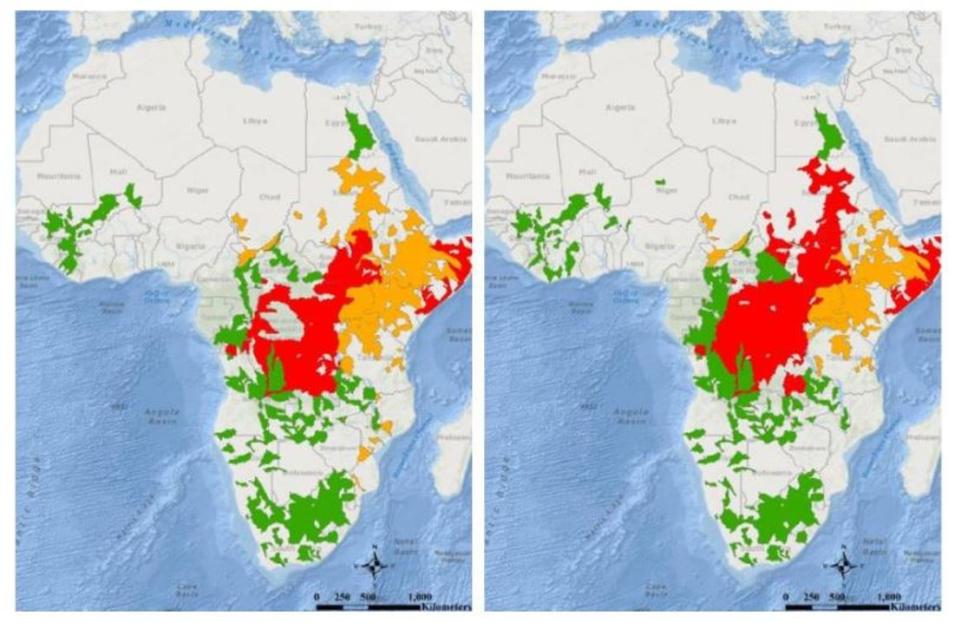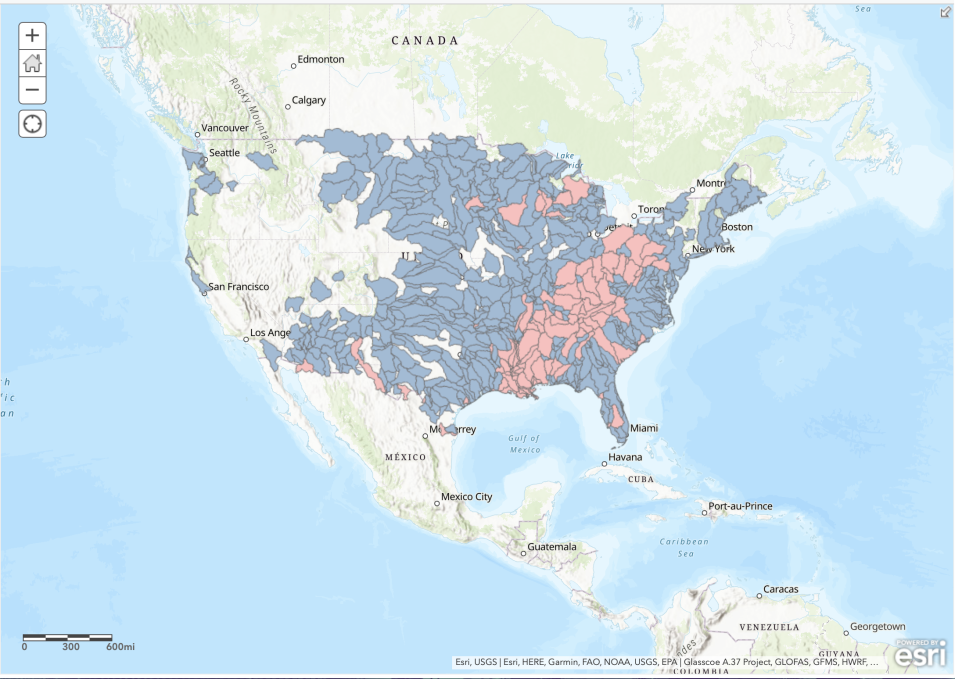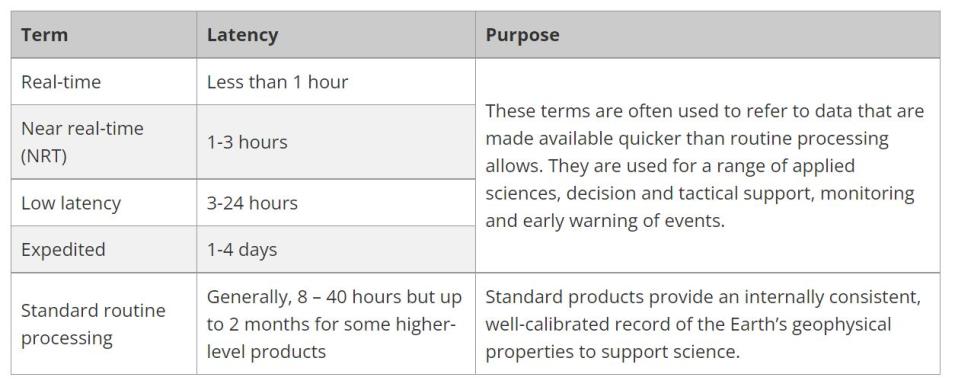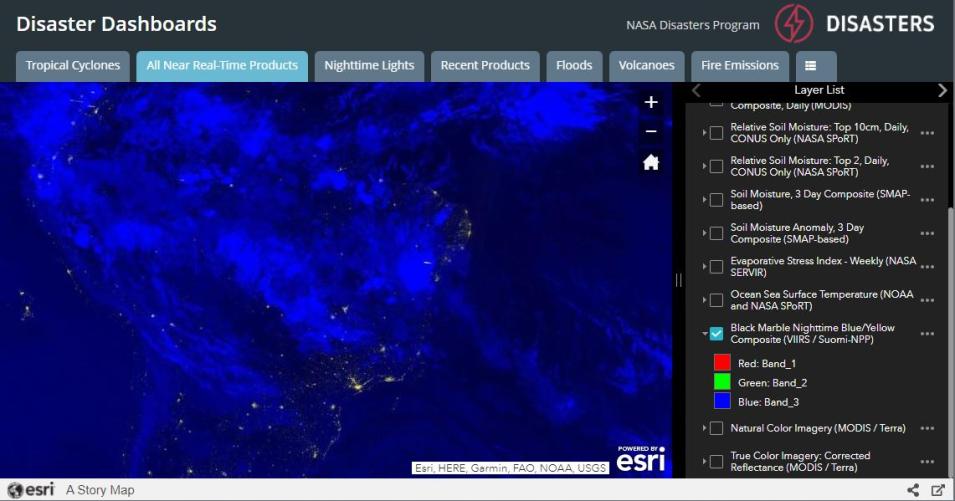Dr. Margaret “Maggi” Glasscoe, Research Associate, University of Alabama–Huntsville and Disasters Coordinator for NASA’s Applied Sciences Disasters Program
Research Interests: Studying earthquakes, floods, and other natural hazards to both understand these phenomena and deliver scientific results to decision-makers to help them assess the risk of and prepare for natural disasters; facilitating the delivery of NASA data and products to decision-makers and federal agencies to aid disaster response
Research Highlights: According to The Human Cost of Disasters 2000–2019, a 2020 report from the United Nations (UN) Office for Disaster Risk Reduction, there were roughly 7,348 major disasters from 2000 to 2019 that claimed 1.23 million lives, affected 4.2 billion people, and resulted in approximately $2.97 trillion (USD) in global economic losses. These statistics indicate a “sharp increase” in the number of disasters from the previous 20 years, say the report’s authors, with more than double the number of major floods (from 1,389 to 3,254) and higher incidences of droughts, wildfires, extreme temperature events, and geophysical events, including earthquakes and tsunamis.
The report’s authors tie the increase in these hazards to the rise in climate-related disasters, which is a significant statement, as it suggests the ongoing effects of climate change will likely increase the frequency of these events in years to come. As Mami Mizutori, the UN Secretary-General’s Special Representative for Disaster Risk Reduction, said following the release of the report, “Disaster management agencies, civil protection departments, fire brigades, public health authorities, the Red Cross and Red Crescent, and many NGOs are fighting an uphill battle against an ever-rising tide of extreme weather events. More lives are being saved but more people are being affected by the expanding climate emergency. Disaster risk is becoming systemic with one event overlapping and influencing another in ways that are testing our resilience to the limit.”
For years, NASA, in collaboration with its federal agency and international partners, has used data from Earth-observing satellites in the on-going efforts to improve the scientific community’s understanding of the phenomena that cause natural hazards, assess community exposure and vulnerability to hazardous events, and inform early warning systems and support disaster mitigation and response efforts. Among the scientists involved in this work is Dr. Margaret “Maggi” Glasscoe, research associate at the University of Alabama–Huntsville and disasters coordinator for NASA’s Applied Sciences Disasters Program, which uses Earth-observing data and applied research to improve the prediction of, preparation for, response to, and recovery from hazards and disasters around the world.
“I study the processes of earthquakes using computer simulations and Earth observations to try to better understand fault interactions and how the surface of the Earth moves during and after earthquakes,” said Glasscoe. “My earthquake research helps us understand the fundamental processes of fault interactions and how the surface and near-surface of the Earth move during and after earthquakes. This may not only shed light on how faults move and change the landscape, but also improve our understanding of the hazards they pose.”



